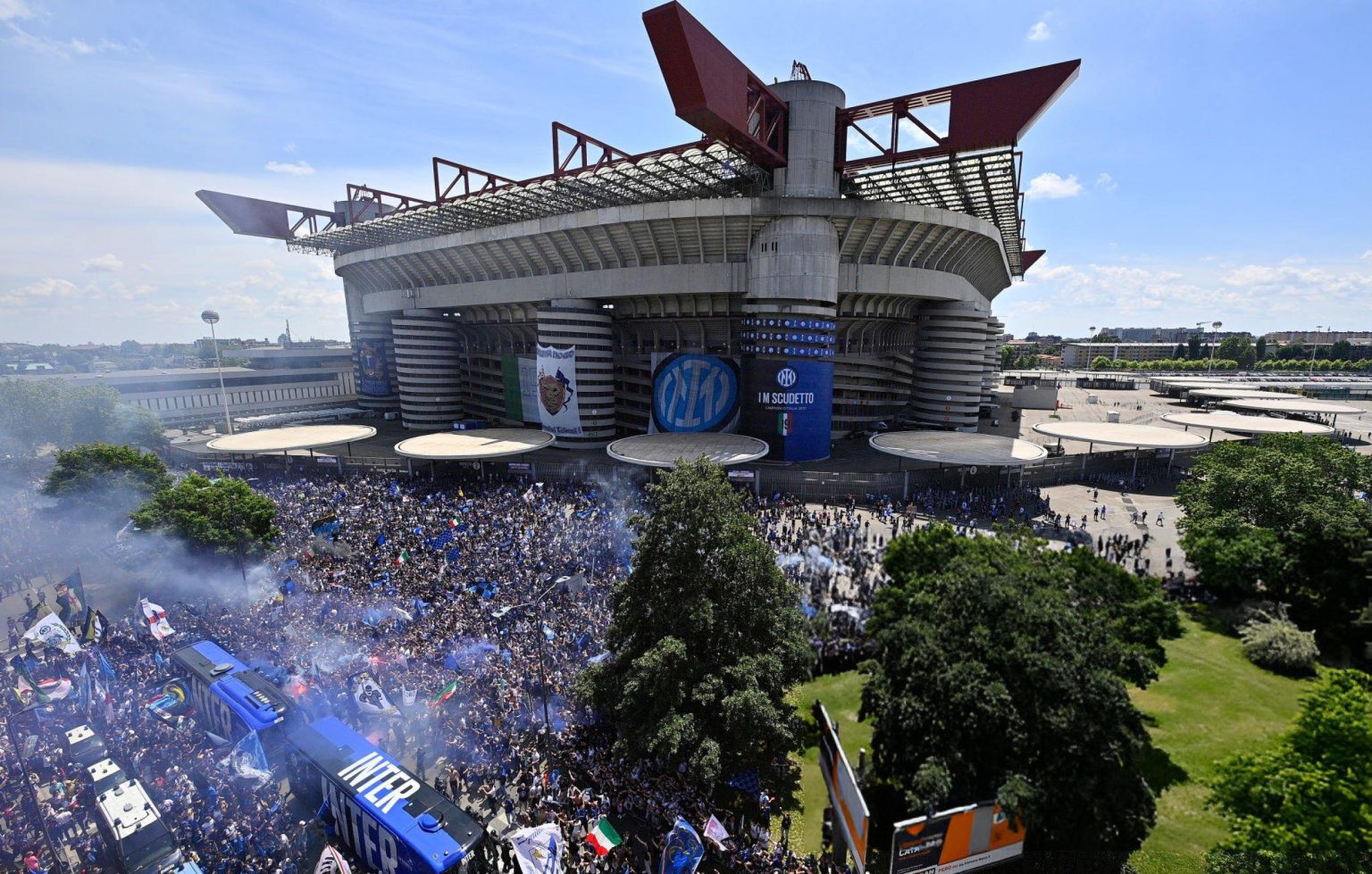Milan’s iconic San Siro is showing its age. The legendary home of AC Milan and Inter Milan—long regarded as one of world football’s most revered venues—is now lagging behind modern European stadiums in both infrastructure and fan experience.
Italy is under pressure to modernise its ageing football infrastructure, driven in part by foreign investors who have taken over several clubs, including Milan’s giants. The urgency has grown further with Italy set to co-host Euro 2032 alongside Turkey, a responsibility that demands state-of-the-art venues.
Despite this, top clubs such as Milan, Inter, Roma and Lazio are struggling to renovate or rebuild their stadiums. Public ownership and excessive bureaucracy continue to stall progress, leaving clubs entangled in red tape.
According to consultancy PwC, Italy has seen just six stadiums built or redeveloped between 2007 and 2024. In stark contrast, Germany completed 19, England 13, and France 12 in the same period.
AC Milan chairman Paolo Scaroni highlighted the outdated facilities at the San Siro, telling a PwC event in March: “We can’t cook anything at the stadium. All the food is microwaved three minutes beforehand.” He contrasted that with Tottenham Hotspur’s ultra-modern ground in London, which includes a microbrewery and a retractable pitch.
Tottenham’s £1 billion stadium, opened in 2019 by architecture firm Populous, also hosts NFL games and sets a benchmark for modern stadium experiences—something Italy sorely lacks.
In response, the Italian government is preparing to appoint a special commissioner to fast-track €5 billion worth of projects across agencies in a bid to accelerate Euro 2032 preparations. Italy has not made such a large-scale investment in stadium infrastructure since the 1990 World Cup.
“Sports facilities remain the real gap between Serie A clubs and their European peers,” said Serie A CEO Luigi De Siervo. Despite a rise in attendance to levels last seen in the early 2000s, Italian clubs earned just €440 million in matchday revenue in 2023–24—less than half of what the Premier League generates.
“Modern arenas deliver higher matchday revenues, have better occupancy rates, more food outlets at different price points, and justify more expensive tickets,” said Cristian Celoria, partner at PwC.
With Euro 2032 looming, Italy must submit five stadiums by October 2026 that are fully approved and financed. Currently, only Juventus’ Allianz Stadium in Turin—built in 2011 and privately owned—is fit to host games, according to a UEFA official.
While redevelopment work has begun in Bologna and Florence, and Rome’s Stadio Olimpico and San Siro are being considered, UEFA remains cautious. “If Italy fails to meet the criteria, some matches may be moved to Turkey,” De Siervo warned.
San Siro’s fate remains central to the debate. The stadium, officially named the Giuseppe Meazza, was built in 1926 and renovated for the 1990 World Cup. Known for its dramatic spiral towers, it was once the emblem of Serie A’s golden era.
Now, AC Milan and Inter—owned by U.S. firms RedBird and Oaktree—have deemed a full refurbishment unviable. They aim to purchase the stadium and surrounding land from the Milan municipality as part of a €1.2 billion redevelopment plan that includes a new stadium and real estate project.
The plan proposes keeping the San Siro in use until the new ground is completed nearby. Afterward, most of the old stadium would be demolished, except for a heritage section of the second tier.
However, the clubs face significant opposition. Luigi Corbani, president of a citizens’ committee campaigning to save the stadium, said: “It’s still a functional venue. It can be modernised, and we’ve fought for that—but no one is listening.”
Even global music stars have weighed in. Steven Van Zandt, guitarist for Bruce Springsteen, called the demolition plans “criminal” and described San Siro as “the greatest stadium in the world—it has personality, heart, and soul.”
As the deadline for Euro 2032 preparations looms, the battle over San Siro has become symbolic of Italy’s wider stadium struggle—caught between heritage and modern demands.


